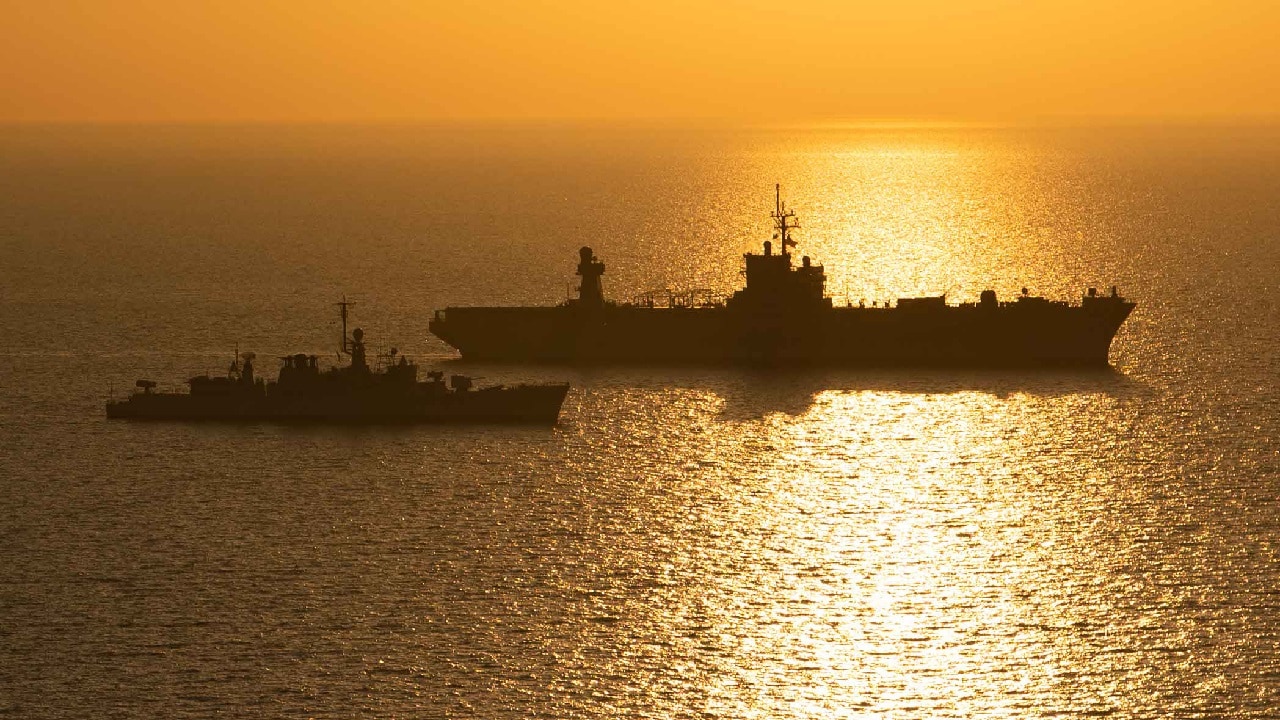During the Second World War, the United States produced the Liberty Ships, a class of cargo vessels built under the Emergency Shipbuilding Program. In total 2,711 of the mass-produced ships were built and they proved vital to the war effort, as each could carry some 9,000 tons of cargo in five holds, with additional equipment stored on the decks. Each Liberty Ship could carry approximately 2,840 Jeeps, 440 tanks, or 230 million rounds of ammunition.
Eventually, due to hull problems and the need for larger vessels, the United States produced the massive Victory Ships.
The spirit of those vessels could live on as the Defense Advanced Research Projects Agency (DARPA) has called upon two teams – including General Atomics working with Maritime Applied Physics Corporation and Aurora Flight Sciences working with Gibbs & Cox and ReconCraft – to develop designs for the Liberty Lifter Seaplane Wing-in-Ground Effect full-scale demonstrator.
This is one of several advanced aircraft programs currently underway by DARPA. Last year, it oversaw the development of autonomousaircraft for the U.S. military.
The Liberty Lifter
The Liberty Lifter program, which was launched last year, now seeks to design, build, float, and fly a long-range, low-cost X-Plane capable of a seaborne strategic and tactical heavy lift. The program also calls for low-cost manufacturing that would be similar to ship fabrication.
According to DARPA, the planned Liberty Lifter demonstrator will be a large flying boat similar in size and capacity to the C-17 Globemaster III transport aircraft. It will be capable of meeting the Department of Defense’s (DoD’s) heavy lift requirements of 100+ tons and can operate with runway and port independence.
Current goals of the program include takeoff and landing in Sea State 4 (small waves with white caps), sustained on-water operation up to Sea State 5 (moderate waves), and extended flight close to the water in ground effect with the capability to fly out at altitudes up to 10,000 feet mean sea level (MSL). It could enable efficient theater-range transport of large payloads at speeds that greatly exceed current sea lift platforms.
“We are excited to kick off this program and looking forward to working closely with both performer teams as they mature their point-of-departure design concepts through Phase 1,” said DARPA Liberty Lifter Program Manager Christopher Kent.
Differing Visions
The two teams have already taken distinctly different design approaches that will enable DARPA to explore a relatively large design space during Phase 1.
The General Atomics team has selected a twin-hull, mid-wing design that could optimize on-water stability and seakeeping, while it employs distributed propulsion using twelve turboshaft engines. By contrast, the Aurora Flight Sciences design more closely resembles a traditional flying boat, utilizing a single hull, high wing, and eight turboprops for primary propulsion.
During Phase 1, DARPA will work with both performer teams along with DoD stakeholders to refine the Liberty Lifter designs with particular attention to operational needs and operating concepts. The Phase 1 contract awards are for an 18-month period of performance with six months of conceptual design work and nine months of design maturation culminating in a preliminary design review, DARPA announced.
There will be an additional three months for manufacturing planning and test/demonstration planning reviews of the respective aircraft.
As currently scheduled, Phase 1 will transition into Phase 2 in mid-2024 with continued detailed design, manufacturing, and demonstration of a full-scale Liberty Lifter X-Plane. DARPA currently anticipates teaming with one or more DoD Service and international partners for those activities and further development of the Liberty Lifter concept into an operational vehicle.
Author Experience and Expertise:
A Senior Editor for 19FortyFive, Peter Suciu is a Michigan-based writer. He has contributed to more than four dozen magazines, newspapers, and websites with over 3,200 published pieces over a twenty-year career in journalism. He regularly writes about military hardware, firearms history, cybersecurity, politics, and international affairs. Peter is also a Contributing Writer for Forbes and Clearance Jobs. You can follow him on Twitter: @PeterSuciu.

